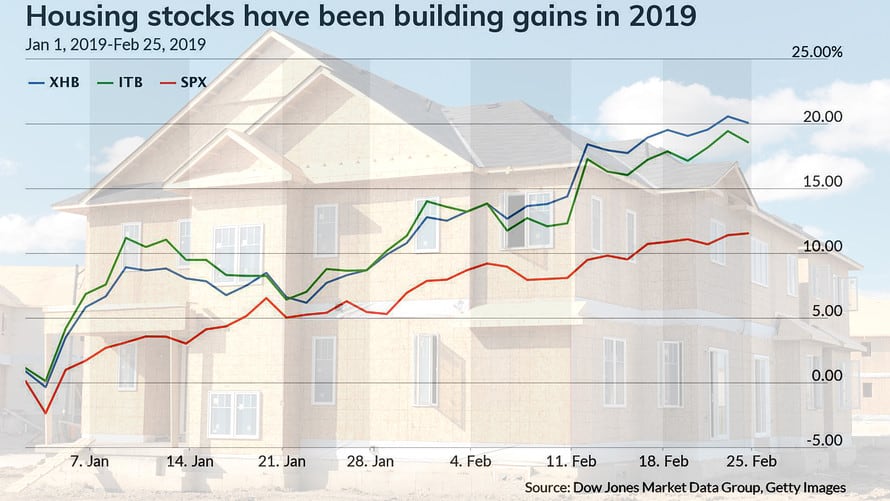
ASPIRING RETIREES FACE many challenges on the road to retirement. Among the top challenges is knowing how much retirement savings is enough to live comfortably.
Retirement planning should not be a guessing game. To better quantify preparedness, retirement savers can use a few rule of thumb calculations to help determine whether they will have enough money to live their desired lifestyle. While planning should not rely on any single rule of thumb alone, comparing numbers to a set of established metrics can help you estimate your ability to retire comfortably.
Here are four metrics to help measure retirement preparedness:
Financial Independence Number
A financial independence number is derived by calculating annual spending and multiplying it by 25. The result is the amount of invested assets a worker should aim to accumulate before retiring. This number is based on a common financial planning tool called the 4 percent rule, which says that a retiree can safely withdraw 4 percent of retirement assets each year and live from their nest egg for approximately 30 years without earning any additional income.
The 4 percent rule is a convenient rule of thumb to gauge retirement preparedness. If you’ve saved more than 25 times your annual spending, you can be reasonably assured your retirement savings will last, as long as your spending remains modest. You can also adjust for items such as pensions, Social Security and other income producing assets. You may need less than the value of your financial independence number if you have income coming in from other sources. However, you will need to save more than your financial independence number if you plan to increase spending on travel, hobbies, medical care or other new costs in retirement.
Retirement Replacement Ratio
Your retirement replacement ratio is your amount of expected income after retirement divided by income before retirement. The target ratio for this measure is usually around 70 percent, or the amount you will need to maintain your standard of living.
For example, a person earning $100,000 prior to retirement could aim to create $70,000 of retirement income. Total coverage of your pre-retirement income isn’t necessary because expenses are typically lower in retirement, perhaps due to the elimination of work-related expenses and lower taxes.
You can include pensions, Social Security, retirement account withdrawals, annuities and income from part-time work in your post-retirement income number. Aspiring retirees may also aim to create income streams from assets they do not plan to liquidate upon retirement. These can include rental income from real estate or investment income such as dividend or bond income from taxable brokerage accounts.
This target ratio works as an estimate, but retirement spending levels will ultimately drive income needs. Those who intend to spend more on travel or luxuries in retirement should aim for an 80 percent or higher retirement replacement ratio.
Age-Based Salary Multipliers
Another simple metric for estimating retirement preparedness was developed by Fidelity Investments using age-based retirement savings milestones. Fidelity uses a series of salary multipliers to determine if a person is on track to retire. A 30-year-old should aim to have the equivalent of their salary in retirement savings. Workers should then strive to accumulate 3 times their salary by age 40, 6 times by age 50, 8 times by age 60 and 10 times by age 67.
For example, a 40-year-old earning $100,000 per year should aim to have $300,000 in retirement savings to be on track to retire comfortably at age 67. The savings milestones developed by Fidelity would enable a retiree to cover a portion of retirement needs, with the rest being covered by Social Security.
While these thresholds may seem unattainable to many people, career earnings tend to peak as workers approach retirement. Compounding interest also boosts retirement account growth toward the end of a career. The earlier one can reach or surpass the savings target for their age, the easier it should be to retire comfortably.
Net Worth
Though not as reliable as the previously mentioned metrics, net worth is a telling number that’s easy to calculate. Net worth is your total assets minus total liabilities. To calculate net worth, add up all your savings, investments and the value of physical properties such as your house, cars and valuables, then subtract any debts. To increase your net worth, you can save more money, grow your invested assets or pay down debt.
For many years, achieving millionaire status was considered a sufficient net worth goal to live comfortably in retirement. However, due to inflation and cost of living increases, a million-dollar net worth isn’t what it used to be.
Accumulating $1 million typically isn’t enough for many middle class workers to retire, considering average spending levels and life expectancy. Also, Americans tend to carry a significant portion of their net worth in their primary residence, which is difficult to access for retirement spending. Those approaching retirement should expect to need a net worth of at least $1.5 million to $2 million to ensure financial security throughout retirement.
























